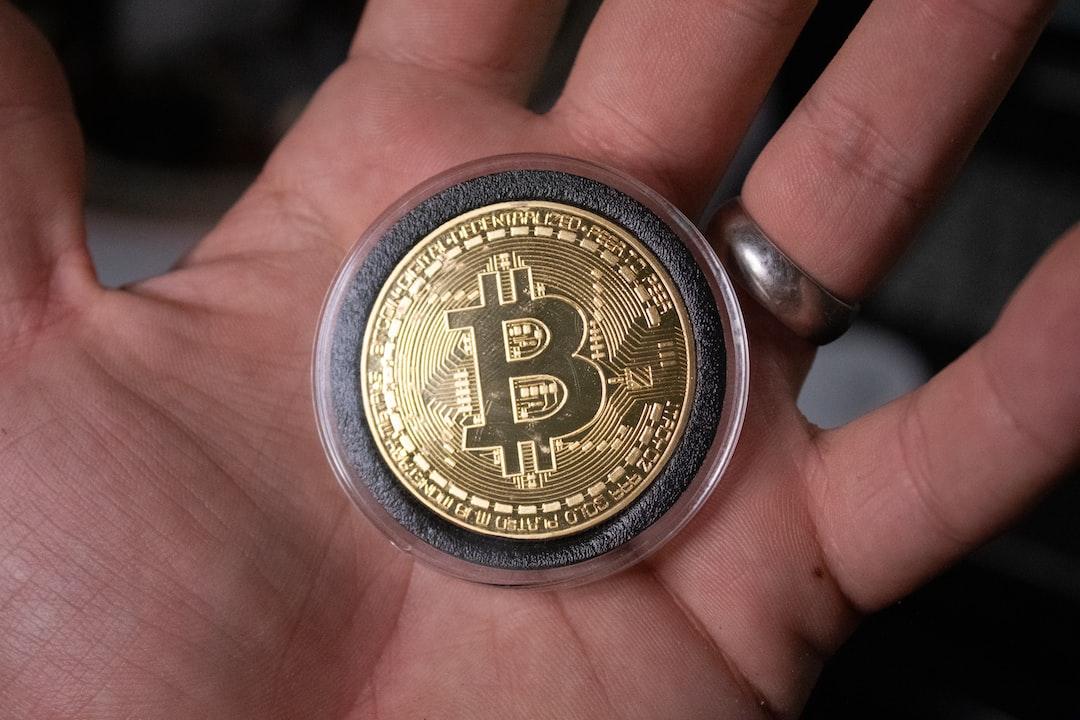Decentralized Exchange Hyperliquid Suffers Over $10 Million Floating Losses Due to Trader-initiated Liquidation
Last night (26), the decentralized exchange Hyperliquid once again suffered over $10 million in floating losses due to a trader’s voluntary liquidation. In order to avoid losses, the official team chose to delist the $JELLYJELLY trading pair and settle positions at a favorable price. However, this decision has sparked a wave of criticism.
Background: Hyperliquid’s 50x Leverage Whale Massacre Record
Recently, the decentralized exchange Hyperliquid, after experiencing damage to its treasury (HLP) due to the “Hyperliquid 50x Leverage Whale” initiated liquidation, once again saw a similar situation unfold last night (26), when a trader used the meme coin $JELLYJELLY to execute a voluntary liquidation, leading to over $10 million in floating losses for Hyperliquid.
Ultimately, in order to avoid further losses to its treasury and prevent capital outflow, Hyperliquid decided to delist the $JELLYJELLY trading pair and settle positions at a price of $0.0095, below the current market price. This action prevented any losses and instead resulted in a slight profit.
Although this forced intervention, which delisted the token and controlled the price, avoided project losses and promptly stopped the death spiral risk, Hyperliquid, being positioned as a decentralized exchange, has now fallen into the whirlpool of public criticism due to this centralized action.
At present, the community’s opinions are divided into two camps. One side believes that the trader’s action of voluntarily liquidating their position did not violate Hyperliquid’s rules, and that making a profit was expected, so Hyperliquid should accept the loss. The other side believes that Hyperliquid’s decision to take over the whale position using its treasury was originally meant to prevent large positions from causing market fluctuations. Despite their good intentions, others maliciously exploited the situation, and the decision to delist the token and forcefully liquidate was a wise move.
As of now, the community remains divided on the issue. Below, we summarize the views of three top figures in the cryptocurrency space for readers to consider and form their own judgment.
Binance Founder CZ
After the incident, Changpeng Zhao (CZ), founder of the world’s largest cryptocurrency exchange Binance, quoted his own view on on-chain contract trading from March 24, when he stated that the on-chain contract trading experience was inferior to centralized exchanges. He subtly responded to this incident:
I know I am not very smart. I admit when I don’t understand. I often think other smart people must know something I don’t, to be able to do what they do.
But once in a while, I learn basic principles still apply.
(Not to be confused, the post below is not related to HL. It was… https://t.co/uQ9ChKO9oa)
Arthur Hayes
Arthur Hayes, a legendary trader and co-founder of the leading cryptocurrency derivatives platform BitMEX, expressed his views more directly. He believes Hyperliquid is not decentralized:
$HYPE can’t handle $JELLY
Let’s stop pretending hyperliquid is decentralized
And then stop pretending traders actually give a
Bet you $HYPE is back where it started in short order because degens gonna degen
Gracy Chen
Gracy Chen, CEO of Bitget exchange, expressed an even more severe negative view of Hyperliquid. She described Hyperliquid as a potential FTX 2.0 (FTX was a US-based cryptocurrency exchange that declared bankruptcy in November 2022, causing a devastating impact on the crypto market):
Hyperliquid may be on track to become FTX 2.0.
The way it handled the $JELLY incident was immature, unethical, and unprofessional, triggering user losses and casting serious doubts over its integrity. Despite presenting itself as an innovative decentralized exchange with a bold vision, Hyperliquid’s operations resemble an offshore centralized exchange (CEX) without KYC/AML, opening the door for illegal fund flows and bad actors.
Shutting down the $JELLY market and forcibly settling positions at favorable prices sets a dangerous precedent. Trust—not capital—is the foundation of any exchange (whether CEX or DEX), and once trust is lost, it is almost impossible to regain.
Furthermore, the platform’s product design exposes concerning flaws: the use of hybrid treasuries exposes users to systemic risks, while unlimited position sizes create opportunities for manipulation. Unless these issues are addressed, more altcoins may be used to attack Hyperliquid, making it vulnerable to becoming the next catastrophic failure in the cryptocurrency space.
Hyperliquid’s Native Token Price
As for the price of Hyperliquid’s native token, it dropped from $16 to nearly $13 last night, but the panic has eased. As of press time, it is reported at $14.57.


Related Reports
- 50x Long ETH Whale “Liquidates Yet Earns” $2 Million! One Person Topples Hyperliquid Leaving Huge Debt, What Happened?
- The Magic of Hyperliquid: Why Whales Choose to Trade Contracts on DEX?
- Performance Review of 22 Major Blockchains in 2024: Half See Declining Activity, Hyperliquid Tops Multiple Data Points


